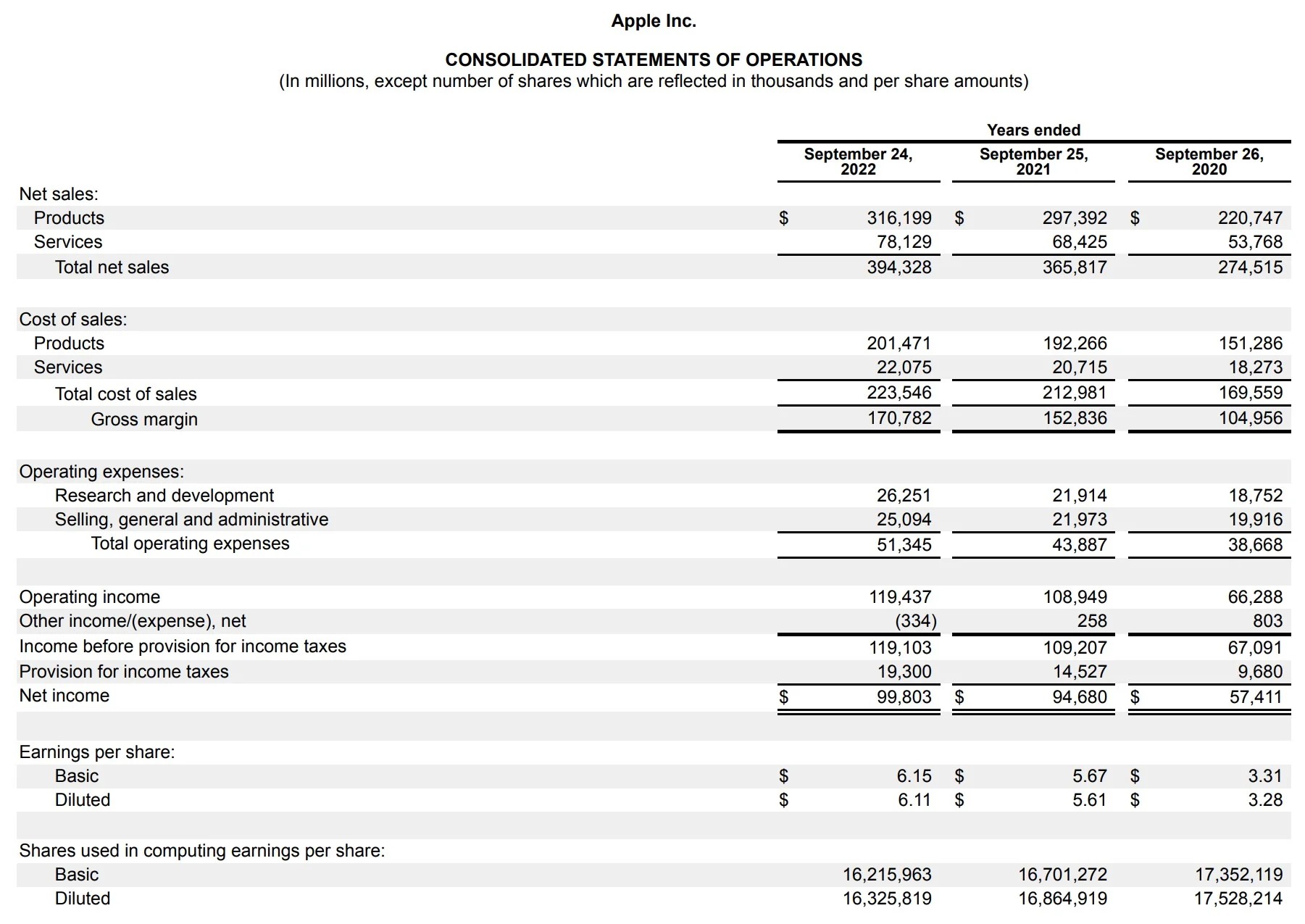Home>Finance>Cold Calling: Definition, How It Works, Examples And Difficulties


Finance
Cold Calling: Definition, How It Works, Examples And Difficulties
Published: October 29, 2023
Learn about the definition and workings of cold calling in finance, along with real-life examples and common challenges faced in this sales approach.
(Many of the links in this article redirect to a specific reviewed product. Your purchase of these products through affiliate links helps to generate commission for LiveWell, at no extra cost. Learn more)
Cold Calling: Definition, How It Works, Examples and Difficulties
Gaining new customers and expanding your business is crucial in the competitive world of finance. While there are various methods to reach potential clients, cold calling remains one of the most effective and direct ways to generate leads and forge valuable connections. In this blog post, we will delve into the definition of cold calling, how it works, provide examples, and discuss the common difficulties faced by finance professionals in this process.
Key Takeaways:
- Cold calling is an outbound sales technique where a sales representative contacts potential customers who have not expressed prior interest.
- It requires thorough research, a compelling pitch, and effective communication skills to succeed in cold calling.
What is Cold Calling?
Cold calling is an outbound sales technique where a sales representative initiates contact with potential customers who have not expressed prior interest in the product or service being offered. It involves reaching out to prospective clients via phone or, more recently, through email or social media platforms. The goal of cold calling is to create a conversation, build rapport, and generate interest in the product or service, ultimately leading to a sale.
How Does Cold Calling Work?
When conducting a cold call, finance professionals typically follow a structured process to maximize their chances of success:
- Research: Before making a cold call, it is crucial to thoroughly research the potential client. This includes understanding their business, industry, and pain points to tailor your pitch effectively.
- Introduction: Begin the call with a warm and friendly greeting. Introduce yourself, your company, and the reason for your call in a concise and engaging manner.
- Establishing Interest: Once the initial introduction is made, focus on capturing the prospect’s attention and building curiosity about your product or service. Highlight the potential benefits or solutions you can provide.
- Listening and Responding: Actively listen to the prospect’s concerns, objections, or questions. Respond empathetically and provide tailored responses that address their specific needs.
- Closing: Finally, if there is interest, move towards closing the sale by proposing a next step, such as a meeting, product demo, or providing additional information.
Cold Calling Examples:
Cold calls can take various forms depending on the financial product or service being offered. Some common examples include:
- A financial advisor reaching out to potential clients to discuss retirement planning.
- A loan officer contacting small businesses to offer financing options.
- An insurance agent contacting individuals to provide information about life insurance policies.
The Difficulties of Cold Calling:
Cold calling can be challenging, even for experienced finance professionals. Some common difficulties they may encounter include:
- Rejection: Facing rejection is an inherent part of cold calling. It is essential to develop resilience and remain persistent despite potential negative responses.
- Gatekeepers: Getting past gatekeepers, such as receptionists or assistants, who screen calls can be a hurdle. Building rapport with gatekeepers can increase the chances of reaching key decision-makers.
- Overcoming Objections: Prospects often raise objections or reservations during a cold call. Effectively addressing these concerns and highlighting the value proposition of the offering is crucial.
- Time Constraints: Limited time to make an impact and capture the prospect’s interest is another challenge. Crafting a concise and engaging pitch is vital to maximize chances of success.
In conclusion, cold calling remains a powerful tool in the finance industry for generating leads and engaging potential clients. By understanding its definition, following a structured process, providing relevant examples, and proactively addressing difficulties, finance professionals can optimize their cold calling efforts and achieve their business goals.














